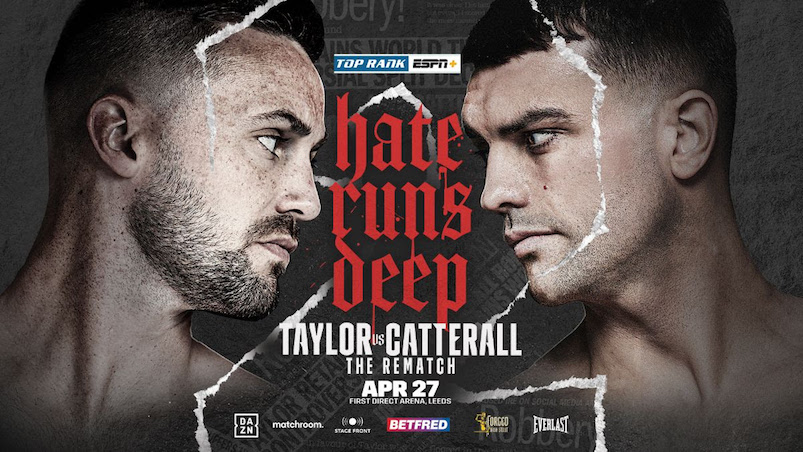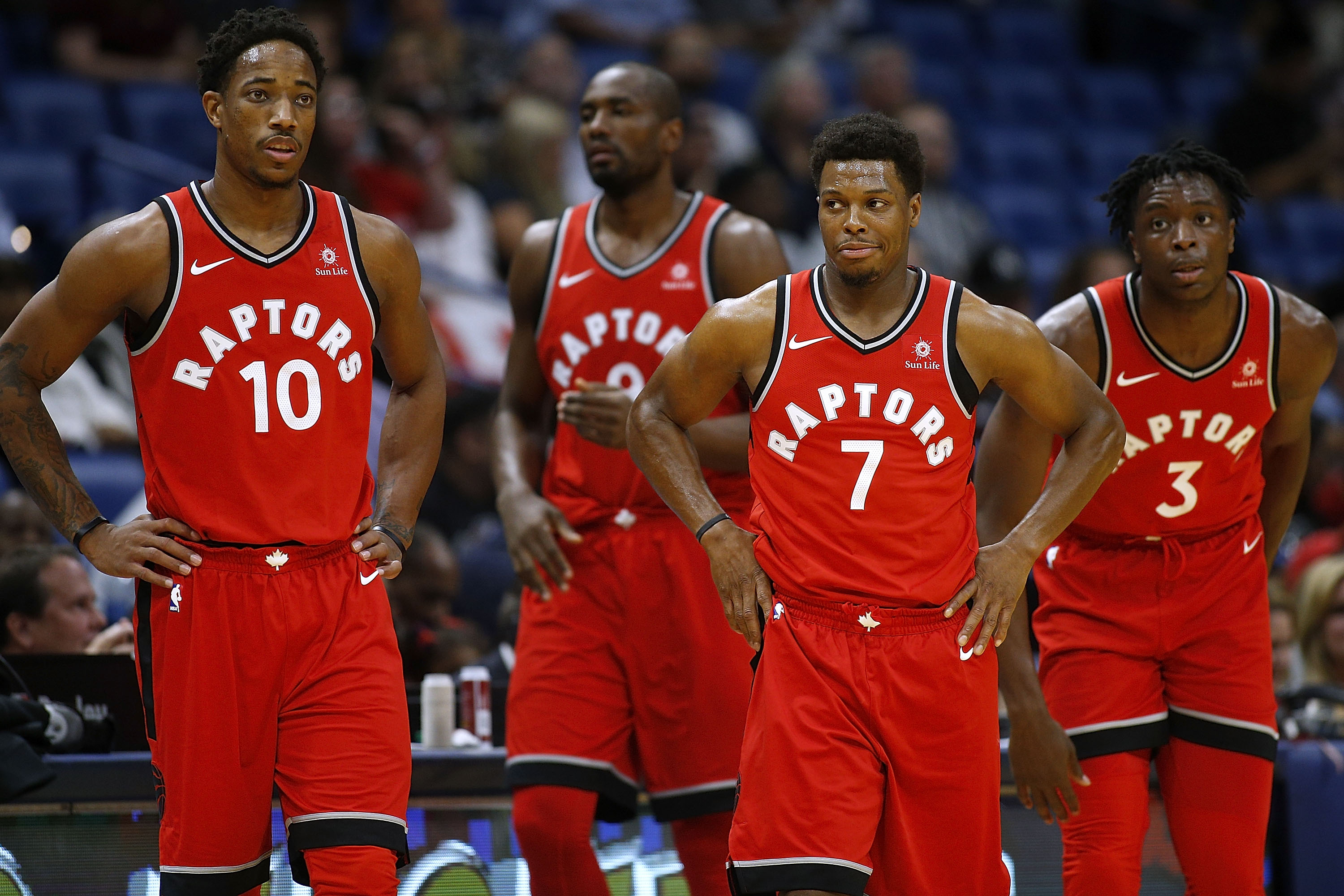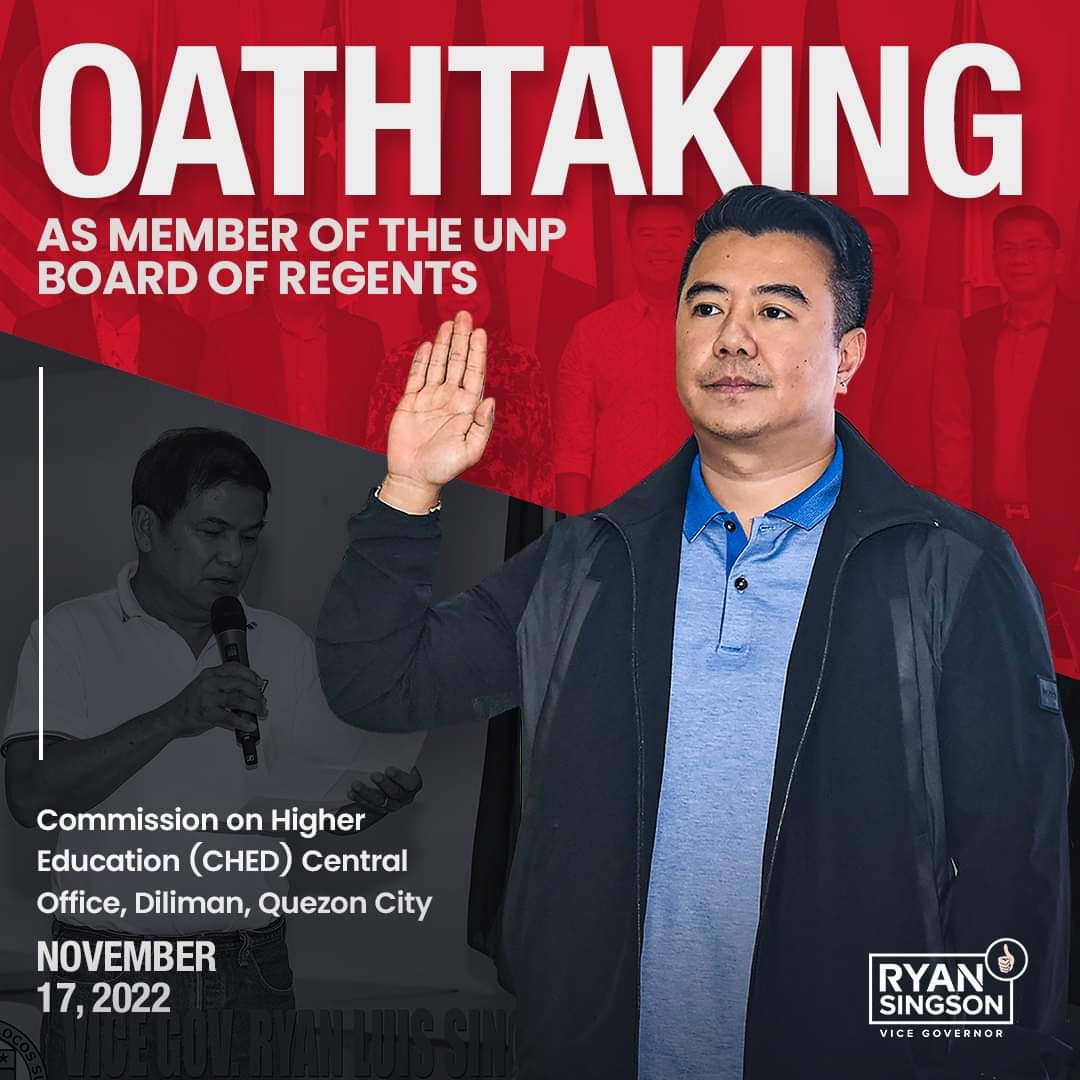Earlier this year, when Toronto Raptors head coach Dwane Casey was asked about shortening his rotation in the postseason, he didn’t seem too eager.
“We will find out,” Casey told reporters. “The goal is to find out. Why not? What is our record right now? So why change this because some rulebook somewhere, if you find it, please send it to me because I have been on some teams where you keep the same rotation, and somebody somewhere in the back of a room says well, playoffs you have to shorten your rotation, so we have to find out unless this group proves us wrong.”
Casey’s right: there’s no rule that says anything of the sort in basketball playbooks anywhere. Toronto faced the Cleveland Cavaliers on Wednesday, a game with a playoff feel, and Casey certainly didn’t bend to tradition. Most teams will shorten their rotations come April and May, a simple way to get more from their stars while cutting out weak links, but most teams lack the depth of the Raptors. Even without an injured C.J. Miles, Casey still ran out 10 players. Four of his bench players passed the 20-minute mark.
Please, send him the rule that says he has to change it, because Casey will otherwise do what he damn well pleases.
I still love Toronto’s playoff chances, and I’ll tell you why in a minute. But yes, it was uninspiring to see the Raptors lose to Cleveland despite their injuries. The Cavaliers had no Tristan Thompson, no Larry Nance Jr., no Rodney Hood, no Cedi Osman, and no Tyronn Lue on the sidelines. The Raptors still blew a 15-point, third-quarter lead.
LeBron James will LeBron James. He became the first player ever to score 35 points while dishing 17 assists and committing zero turnovers, and he shot 11-of-19 while getting there. Cleveland shot 15-of-24 from behind the arc, which will occasionally happen but feels slightly unsustainable. If you want to doubt Toronto after this game, you were probably going to do it anyway. That’s fine, and you won’t get much argument from me — we’ve seen them disappoint postseason after postseason.
Still, we know that Toronto is an objectively different team this season by a number of metrics. They’re atop the Eastern Conference, and their 4.5-game lead over Boston will almost certainly hold. Their shot selection has radically changed. They’ve seen DeMar DeRozan take a step forward, and Kyle Lowry isn’t asked to do as much. Toronto has confidently beaten teams — blown out, even — all season.
The Raptors have played 10 men all season, because they have 10 legitimate NBA players who all deserve it. One rotation player from last season, Norman Powell, has even been on the outside looking in. Most teams would welcome Powell to their rotation with open arms, but Toronto just doesn’t have room.
Instead, Toronto has Jonas Valanciunas, Serge Ibaka, and Jakob Poeltl in their frontcourt. They can use OG Anunoby, Pascal Siakam, Miles, or Powell on the wings. Their backcourt consists of Fred VanVleet and Delon Wright. These are the players supporting DeRozan and Lowry, and it’s a hard decision to sit any of them.
The postseason has always been about hard decisions. Some of these players will sit. The beauty of the Raptors, though, is that it’s impossible to say who. When you have 10 real NBA players available to you, you can pick and choose which ones make the most sense. Start with DeRozan and Lowry, almost certainly add in Valanciunas and the surging VanVleet, and then fill in around them as needed.
Different opponents will require different matchups. If Ibaka’s shot isn’t falling, then the Raptors can bench him without much hesitation. What if Poeltl gets into foul trouble? The team could fill in around him, or even throw out the useful-but-little-used Lucas Nogueira. We’ll see how much Delon Wright’s long-limbed defense is needed — perhaps less against a possible first round series against Milwaukee, and more if the Washington Wizards are a semifinals matchup.
Casey may well stick with his 10-man rotation for a time, and he may return to it frequently. But when the playoffs demand hard decisions, and they always do, Casey has the luxury of depth.
Casey would likely be my vote for Coach of the Year, because it has been beautiful the way that he morphed Toronto from a slow, mid-range-shooting heavy slugger to a lively squad that launches long balls without hesitation. (They’re third in three-point attempts!) Still, that’s a different skill set than managing in-game rotations throughout a seven-game series.
Casey’s last mentor was Rick Carlisle, and as a lead coordinator under him, the Dallas Mavericks won the 2011 title. Carlisle has talked about how he used lineup data to inform decisions on a game-to-game basis. Sometimes, they even affected them from quarter to quarter. Famously, the Game 4 adjustment that brought J.J. Barea into the starting lineup came from analytics. Toronto may need that same 2011 magic.
Juggling 10 NBA players and tweaking the lineups just right is what could push Toronto through the Eastern Conference and into the NBA Finals for the first time in franchise history. It can happen! But it’s not easy — Toronto can’t just out-talent their opponents. They don’t have LeBron James, or a duo like Joel Embiid and Ben Simmons, or even the seasoned-and-proven Kyrie Irving. What they have is more accessible basketball permutations surrounding two stars that must prove their playoff worth.
Is that enough? They think so, but there’s only one way to find out.





